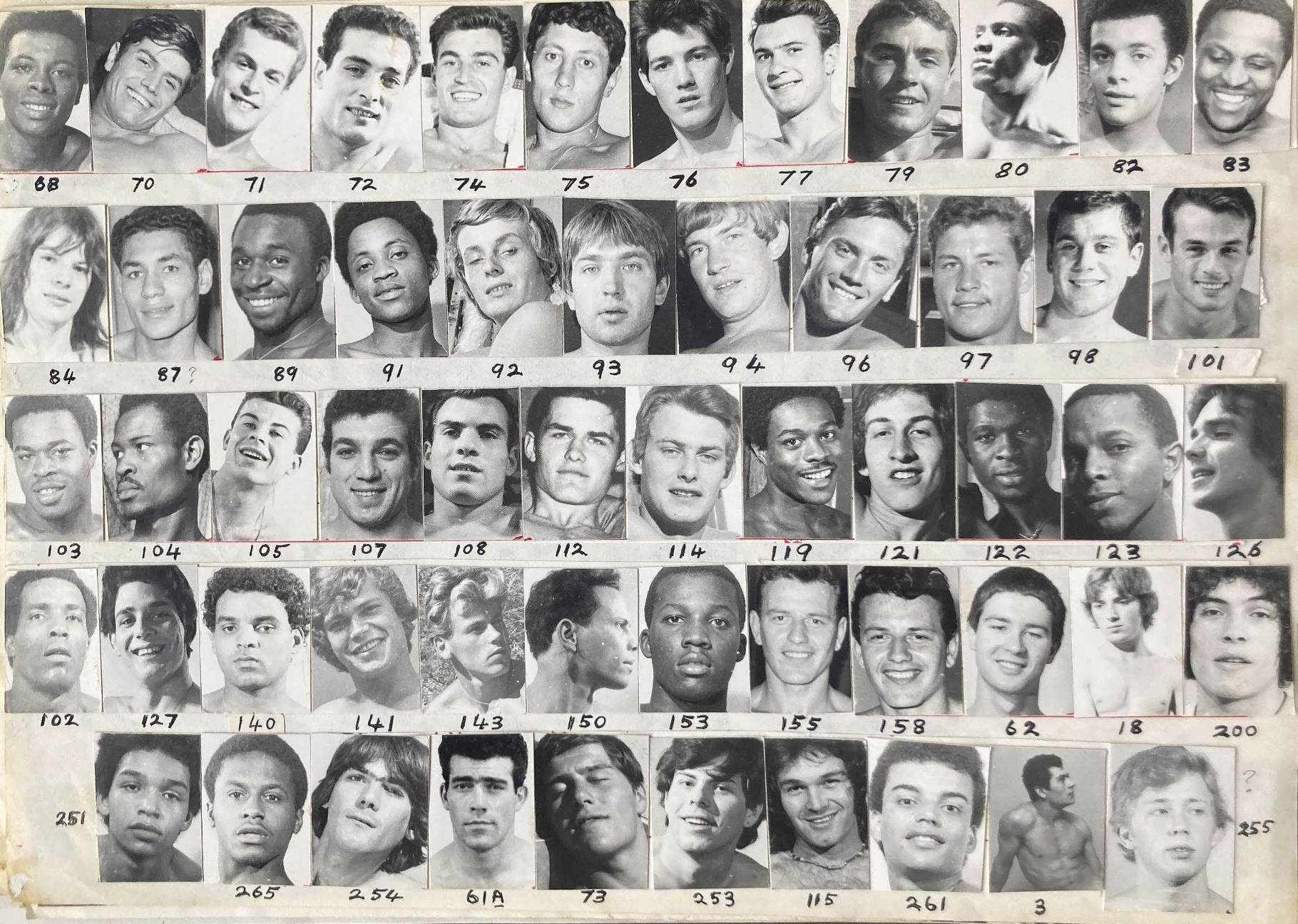Exhibition Review: A Hard Man is Good To Find
A Hard Man is Good to Find reads the exhibition title at the Photographer’s Gallery in London. While the title is a clear nod to the doyenne of early cinema Mae West, it also conjures the origins of this so-called hard man: for some, the hard man elicits notions of normative beauty, such as the widely-coveted, brawny physique of adonis; though for others, the term also describes a hard-boiled man, one who perseveres in the face of adversity. So, where does one find and locate this man? The exhibition highlights this idea and maps areas of clandestine, queer activity in London, such as Hampstead Heath, Brixton, and Soho. By doing so, it echoes the furtive nature of early, queer photography, prior to the Sexual Offence Act of 1967.
© Photographer’s Gallery
Starting as early as the 1930s, the photographs within the exhibition are not merely a subtle subversion of the Sexual Offence Act, but also exhibit a sense of personal agency. They create a sense of isolating sanity in a world where everyone else lives in a unified bliss of ignorance and thus camouflage themselves as part of the normative world. In this view, they are an effective way of challenging the status quo, while also unifying the queer underworld of London. The radical potency of the photographs is furthered by the use of both digital and analogue photography. The collision of these two mediums is a clear commentary on the ephemerality of analogue photography, but also an allegory for the changing photographic landscape.
The digital photographs highlight the transition from physique photography to pornographic imagery, but also showcase the drastic transformation of queer subcultures in London through the use of intimate portraiture, such as in the photographs of Ajamu X. In his photographs, Ajamu X utilises erotica to reclaim the ways in which Black subjects have often been objectified. Whether it be digital or analogue photography, the variety of subjects within the exhibition may appear as contrasting, but inevitably, this is wherein their strength lies. The photographs are imbued with a sense of alliance. Effectively, they inculcate the richness of queer photography in the viewer, while also revealing the precarious nature of their execution, prior to the decriminalisation of homosexuality.
